Mozambique: Elephant stuck in mud for 2 days saved after 8-hour rescue
Mozambique: Gorongosa National Park creates organic fertiliser
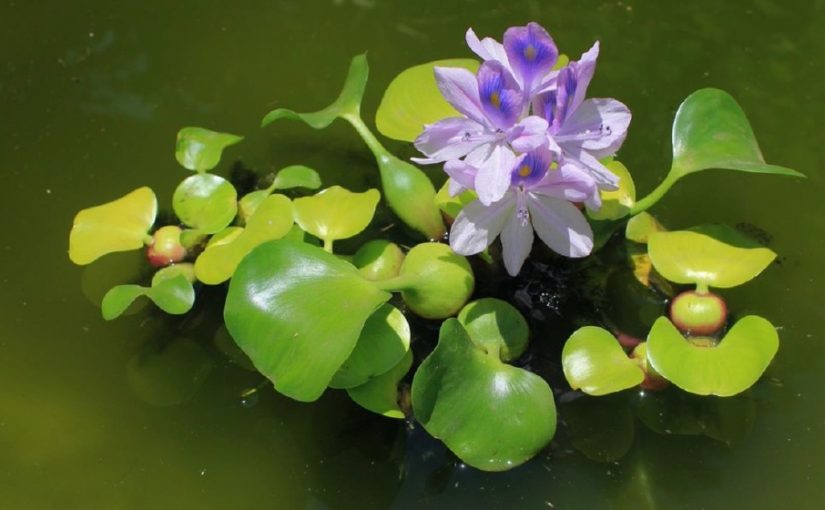
Water hyacinth. [Photo: Gorongosa National Park]
Water hyacinth is a free-floating perennial aquatic plant. The leaves may rise above the surface of water as much as 1 meter in height. They are attractive when they bloom. That’s the good news.
The not-so-good news is that they are not native to Gorongosa Park but we have them. They are native to South America. Non-native plants in an ecosystem are known as invasive.
Back to the good news: water hyacinth makes an excellent, organic fertiliser. Soils enhanced with water hyacinth become more fertile and conducive to agriculture. In fact, compost made with hyacinth seems to perform better than factory-made chemical fertilisers.
Water hyacinth consumes nutrients, as it decays those nutrients are released back into the soil (including the essential nitrogen, phosphorous and potassium elements desired in soil additives). Water hyacinth also improves soil texture due to its fibrous qualities.
As flood waters recede after the rainy season in Gorongosa Park it is easy for workers to collect the drying hyacinth left behind.
In the next step, our agricultural team will turn the hyacinth into compost which we will give free to local farmers. The employees pictured here include former combatants. This is part of our Peace Clubs initiative, wherein we create opportunities for these individuals and their families – as a component of our overall human development activities for the approximately 200,000 people who live near Gorongosa Park.
To summarise the benefits:
- We remove the invasive water hyacinth from Gorongosa Park.
- We create natural, organic fertiliser (chemical fertilisers can harm the environment over the long-term, for example, by polluting ground water).
- We provide free compost to local farmers, increasing their yields.
- We create employment for individuals, some of whom are former combatants. environment.

Gorongosa National Park (GNP) in Mozambique is perhaps Africa’s greatest wildlife restoration story. In 2008, a 20-year Public-Private Partnership was established for the joint management of GNP between the Government of Mozambique and the Carr Foundation (Gorongosa Restoration Project), a US nonprofit organisation. In 2018, the Government of Mozambique signed an extension of the joint management agreement for another 25 years. By adopting a 21st Century conservation model of balancing the needs of wildlife and people, Gorongosa is protecting and saving this beautiful wilderness, returning it to its rightful place as one of Africa’s greatest national parks. GNP has been described as one of the most diverse parks on Earth, covering a vast expanse of 400,000 hectares. In recent years, the Gorongosa Project, with the support of Mozambique’s National Administration of Conservation Areas (ANAC), has ensured the protection of a recovering population of lions in this system, successfully reduced key threats, and has been recognised as one of National Geographic’s “Last Wild Places” and by TIME Magazine as one of the “World’s Greatest Places – 2019”.



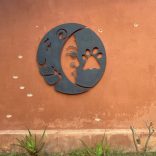
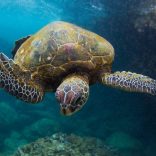


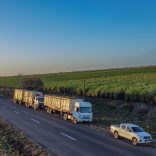

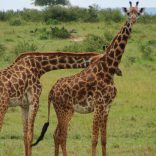


Leave a Reply
Be the First to Comment!
You must be logged in to post a comment.
You must be logged in to post a comment.